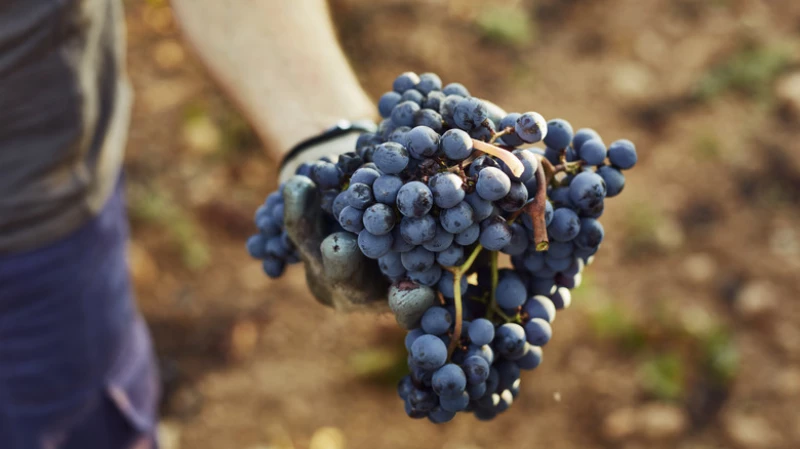Growing grapes is a process that requires specific conditions that you may need to adapt to. Grapes are not only a tasty and nutritious snack but also a key ingredient in making wine. However, the process of growing grapes from scratch is more time-consuming than one might expect.
If you decide to grow grapes from seeds, be prepared for a wait of two to seven years before you can enjoy the fruits of your labor. Factors such as location, light, climate conditions, and maintenance all play a role in the growth of grapes. Some varieties are naturally slow growers, adding to the time it takes for the fruit to mature.
Despite the time and effort required, growing your own grapes can be a rewarding experience. With the right knowledge and care, you can create a bountiful harvest of delicious grapes right in your backyard.
Growing grapes requires specific conditions you may have to adapt to
Grapes are a versatile fruit that can thrive in various environments. To successfully grow grapes, you may need to make adjustments to meet the specific needs of the plants. Understanding the requirements of grape cultivation is essential for a successful harvest.
If you are considering starting your own grape-growing journey, the first step is to choose a grape variety. Grapes are generally categorized into dessert grapes and wine grapes, with numerous sub-genres within these two categories. Wine grapes are primarily cultivated for winemaking and come in a variety of flavors. They are not typically ideal for consumption due to their high seed content and lack of soft skin, unlike dessert grapes, which are commonly found in stores.
For individuals residing in cooler climates, growing grapes in a controlled environment like a greenhouse is recommended for optimal results since grapes thrive in warm climates. When selecting grape seeds, it is advised to use seeds from the store rather than attempting to germinate seeds from purchased grapes, as the latter may not germinate effectively and could impede the growth process. Opting for a seeded grape variety over seedless ones can also enhance the likelihood of successful growth. Additionally, choose a grape type that you enjoy consuming to fully enjoy the benefits of cultivating your own fruit orchard.
To start growing grapes, begin by soaking your seeds in water for 24 hours. Then transfer the seeds to a container with damp peat moss, using about a tablespoon of peat moss for every 50 seeds. Place the container in the fridge at a temperature of 35 to 40 degrees Fahrenheit for three months. This process, known as stratification, is crucial for seed germination. Once the seeds are ready, plant them in a seed-starting mix with good drainage and keep the mix moist but not waterlogged.
Using a grow light can help speed up the growth process. Transfer the seedlings to pots that are at least 4 inches deep and then move them to larger pots as they grow. When the last frost has passed, you can plant the grapevines outside in well-draining soil with plenty of sunlight. Water the plants weekly, adjusting based on rainfall, and consider using fertilizer if the vines appear unhealthy. While growing grapes from seeds requires time and patience, the rewards can be fulfilling. Stay persistent, even if it takes years for your seedlings to bear fruit.








